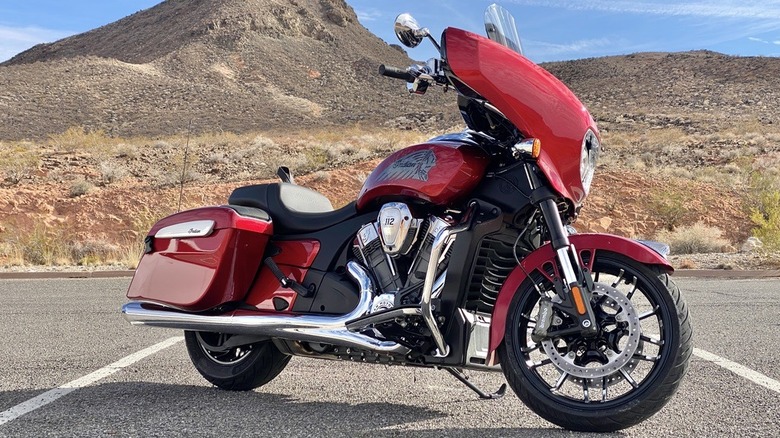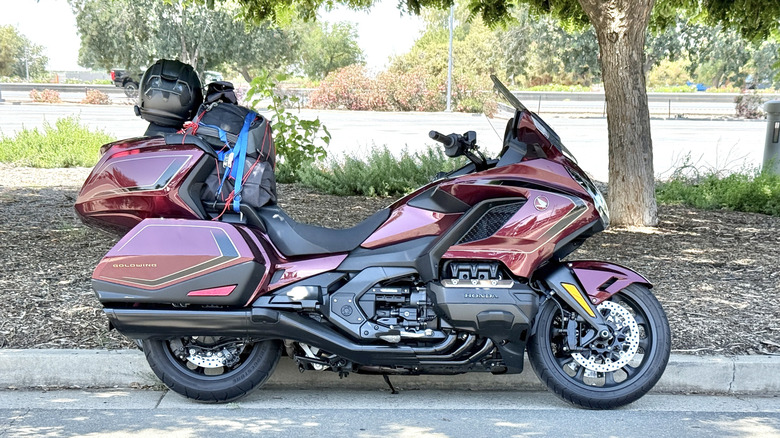In the same way you probably wouldn’t want your teenager learning to drive via a lumbering three-row SUV, it’s unwise to stick a beginner on the back of a big bike and expect them to have a great time. Larger motorcycles are typically heavier, are harder to maneuver in tight spaces, and usually have taller seat heights, which can make them tough to manage, especially for shorter riders. And, if you accidentally tip one over, getting it upright again can be much more difficult. Big, heavy motorcycles have some benefits, sure, but they require more skill to handle properly.
Let’s compare two bikes from the same lineup to get a sense of their sizes: the Yamaha R3 and the Yamaha R1. The smaller R3 is among several small options from Yamaha that are great for beginners. It weighs just 373 pounds, which is light enough to make it manageable when maneuvering in tight spaces, or picking it back up if you’ve had a slow-speed put down. The R1, one of the leaders in the liter-bike category, is significantly larger. It weighs 448 pounds, a 20% increase over the R3, making it tougher to handle at slow speeds. The R1’s seat is also higher at 33.7 inches compared to the R3’s 30.7-inch seat height. So, swinging a leg over and keeping your feet planted at a stoplight will be hard for shorter riders on the R1.
Staying cautious on big bikes
On top of being larger and harder to manage at slow speeds, motorcycles with higher levels of power have to be treated with a certain degree of caution, too. Ultra-quick acceleration from larger-displacement engines is part of the experience, and things can get out of hand quickly if you turn off rider aids like traction control or wheelie control. The small Kawasaki Ninja ZX-4R, for example, has just 56 hp and 26.5 lb-ft of torque. The ZX-4R’s big brother, the track-ready ZX-10R we just tested, has 196 hp and 83.9 lb-ft — nearly four times the power. To put that into context for non-riders, that would be like giving your 200-hp Honda Civic an additional 600 hp. It would become a much faster, much more difficult car to handle.
Not everything about big bikes is bad, though. Features like pre-programmed throttle modes help calm lots of fast, modern motorcycles down. Larger bikes often get more tech and features than their smaller counterparts, too. And, depending on the segment they’re in, bigger bikes can offer a lot more comfort. A Gold Wing, for example, is the pinnacle of comfort in the Honda motorcycle lineup, offering features like heated grips, a heated seat, power-adjustable windscreen, and cruise control — all features that will make long-distance riding much more livable. It does weigh nearly 900 pounds, though, so managing such a behemoth is probably best left to the experts.


